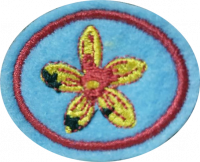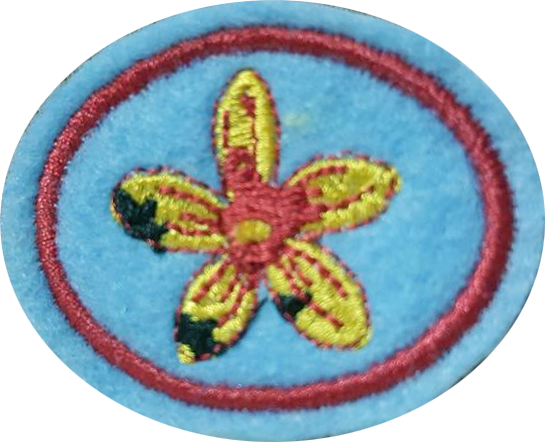Difference between revisions of "AY Honors/Fabric Yo-Yo/Answer Key/en"
(Updating to match new version of source page) |
(Updating to match new version of source page) |
||
| Line 95: | Line 95: | ||
[http://estelaartesanias.blogspot.com/search?q=fuxico Blog about different weaving art] | [http://estelaartesanias.blogspot.com/search?q=fuxico Blog about different weaving art] | ||
| − | |||
| − | |||
<noinclude></noinclude> | <noinclude></noinclude> | ||
{{CloseHonorPage}} | {{CloseHonorPage}} | ||
Latest revision as of 16:25, 14 July 2022
1
Fabric yo-yo consists of taking advantage of and recycling the scraps of colorful fabrics used by stylists and seamstresses to create beautiful pieces. The word "fuxico" in Portuguese means "gossip" and this technique comes from when women were supposed to meet and go into "conversations and gossip", and would make these small pieces in the meantime. From cutting, folding and uniting, suddenly these beautiful flowers appeared that could adorn a lapel, a wallet, cushions, hair clips, and many other applications. Most of these works of art consist of small circles of fabrics that are stitched, sewn, and glued together to decorate a surface. Buttons, ribbons, beads, bows and pearls are added as final details.
In English it is known as "fabric yo-yo" and in the 1930s they were very popular and are still used today. They make great accessories for hair, dolls, small animals, etc. which are formed by many rounds of cloth or fabric.
2
3
4
5
5a
5b
5c
6
6a
6b
6c
6d
6e
6f
6g



